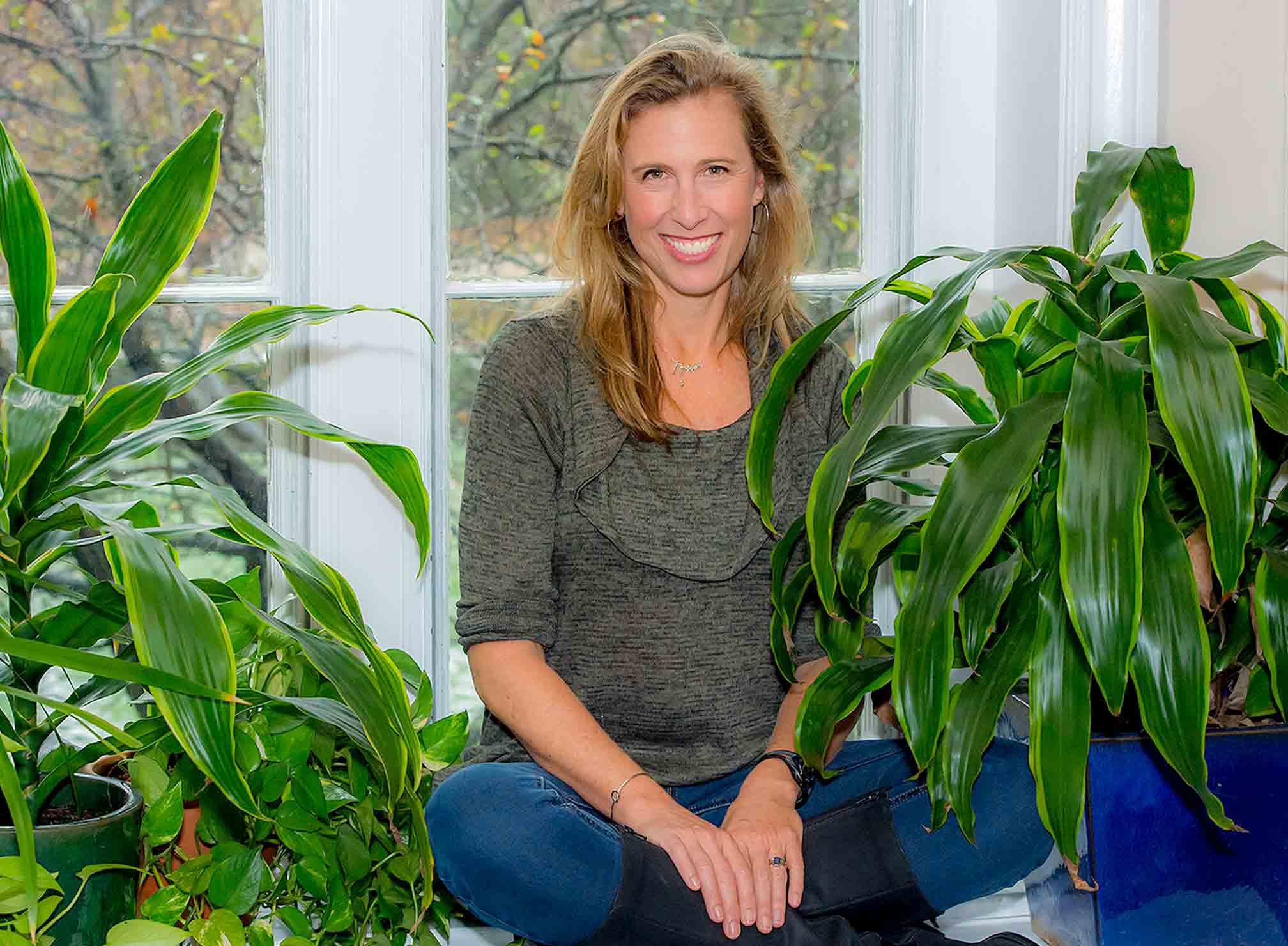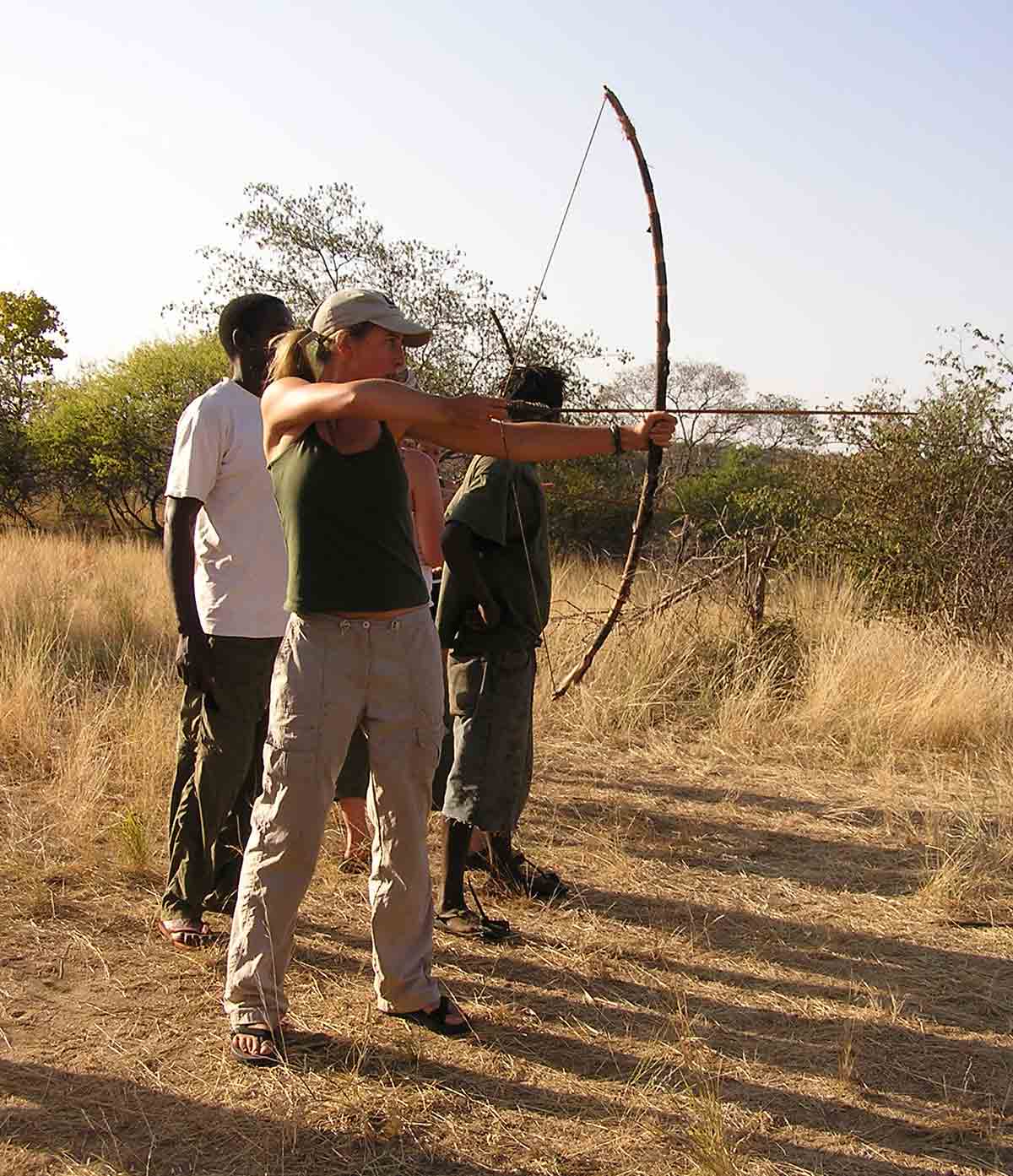Maria Fadiman ’91Where Humans and Plants Connect
Maria Fadiman ’91Where Humans and Plants Connect
As an ethnobotanist—someone who studies the interactions between humans and plants—Maria Fadiman ’91 has traveled around the world, learning how indigenous people use the plants and trees around them and how to best protect their knowledge for future generations.

Maria Fadiman ’91 always loved nature, but she was worried about mastering the science behind it.
“I knew I wanted to do conservation, but I didn’t really know how I would approach it,” she says.
Fadiman found her path during junior year abroad in Costa Rica. Years later, it led to her career as a professor and ethnobotanist—someone who studies the interactions between humans and plants.
During those few months in Costa Rica, she worked as a nature guide in a rainforest. The intense training for the position required that she learn about the country’s flora and fauna and relay that knowledge to visitors.
“I realized this is science and I can do it,” says Fadiman, now an assistant professor in the Department of Geosciences at Florida Atlantic University.
“I began to realize that if I wanted to do conservation, I would have to include everyone out here: the plants, the animals, the people—the whole community.”
The experience was so transformative that Fadiman returned to Costa Rica during fall break of her senior year, and that’s when she first heard the term “ethnobotany.” Fadiman also discovered something else on that trip—the indigenous people she met had many uses for the plants, and they were happy to share that knowledge with her.
“I began to realize that if I wanted to do conservation, I would have to include everyone out here: the plants, the animals, the people—the whole community,” she says.

After graduating from Vassar with a degree in Latin American studies, Fadiman spent the next four years working odd jobs in the United States so that she could then volunteer in Central and South American countries, doing the work that she loved. An internship at the New York Botanical Garden convinced her it was time to go back to school and she received her master’s degree in anthropology and later a PhD in geography. All the while, she was traveling to far-flung places to work with and learn from local populations.
“We’re all really connected to plants; some are just in more direct ways than others,” Fadiman says. The people with whom she works have a greater array of uses for plants than most populations, she notes, using them for everything from medicine to food, from implements used in religious ceremonies to construction materials for homes, and for such household items as baskets and sleeping mats.
Fadiman’s work has taken her from the rainforests of Central and South America to the savannas of Africa and on to Tibet, China, the Philippines, and Oceania. She not only observes the interactions between humans and plants but also examines whether their actions are sustainable and ensures that the knowledge about plant use is recorded and not lost over the generations. In Africa, for example, she helped craft a trilingual (Kiha, Swahili, and English) book on the uses of area plants and trees, and in Tibet, she recorded the details of plants used to make the varieties of incense used in ceremonies.
Her work caught the attention of National Geographic, which chose her as one of its National Geographic Emerging Explorers, a group of visionaries who are using their skills—in the sciences, arts, and more—to create innovative solutions for problems facing the world. In its biography of her, the magazine notes: “Fadiman eats, sleeps, works, and collects native plants with local families. Whether sitting around a cook fire, slogging through mud to brush her teeth in the river, or trying her hand at basket weaving, she treasures both the information and experiences she gathers.”